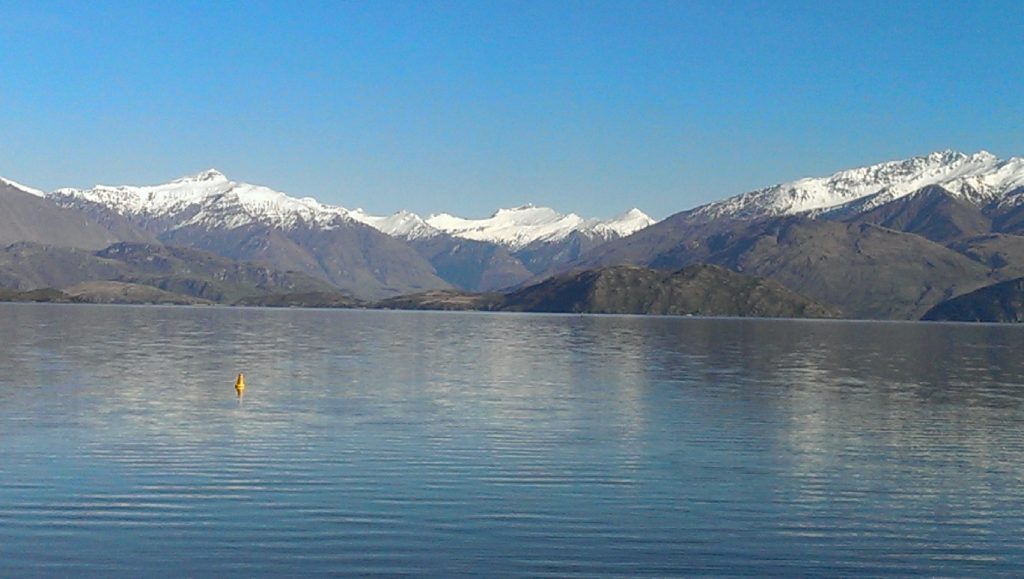

A good cuppa!

October 24, 2013
Welcome Megan to the Van Walt Team and to the New Zealand office. Megan already has a good handle of the situation in the Groundwater rentals department and is bullying me into clearing up after myself and keeping on top of the paperwork.
Two weeks in however and we have already had our first major disagreement ……. Megan doesn’t approve of the way I make the tea! She seems to think that one should add milk BEFORE adding hot water and, to add insult to injury, Megan insists that I leave the tea bag in the cup. Frankly I am utterly appalled at these notions and refuse to ruin a perfectly good brew in this way. Clearly the tea bag should be strained against the side of the cup and then REMOVED before metering out the correct ratio of milk.
I could go on to write a full thesis on how to make the perfect brew (and some have) but it occurred to me that I would be wasting my time since making a brew is a very personal and I am sure that no one person in the world would agree 100% on my method.
Interesting though that given the same simple ingredients and tools one can get such a varied result?
And so to Groundwater sampling ……. and the subject of repeatability is an important one especially with long term monitoring projects. How can we guarantee that every water sample will yield a representative result relative to the last? Like the cuppa, even with the same equipment and sampling protocols results can vary immensely due to the individual doing the sampling. We all have our subtle way of doing things.
The Americans are ahead of the field on this one (for a start they don’t drink tea) with extensive use of the SNAP Sampler. Originally Snap Samplers were developed as a cost effective sampling method. They can be deployed and retrieved by untrained personnel and a side benefit is that they are subject to very little human intervention. The result? Repeatability!
Low flow sampling is of course still a widely recognised sampling method and is in many cases a more convenient method. So how can we help to ensure you get the most reliable results from this method? We need to remove some variables. For a start we can offer you certified consumables. Our tubing, filters and well screens are batch tested for any traces of contaminants and just trace metals, reducing the risk of foreign contamination. Many of our pumps (including our Peristaltic Pump) have memory functions so you can easily turn off the pump and turn it on again at exactly the same flow rate. Our rental equipment is serviced and calibrated on the day we send it to you. Calibration certificates are always supplied as well as an inwards check for your YSI water quality meter. This audit trail can be very useful in verifying results.
Now that we have reliable and traceable equipment we need to work on methods and confidence. We can help here to. There is a lot of useful information and sampling tips right here on the website. Also take a look at our videos if you want a better overview of some of this equipment. And lastly we are here on the phone or email to help you out personally. Got a question? Just ask and we will put the right person in touch with you to help you out. We will even tell you how to make a decent cup of tea!
Dirk van Walt
dirk@vanwalt.com
You might also be interested in...
Van Walt Guidelines for sampling for PFAS in Groundwater
November 13, 2024We need to make clear, that at the time of writing, there are no ISO or EN standards which deal with the sampling of groundwater for PFAS.
Read MoreSpot measurement v. continuous environmental monitoring
August 25, 2023Environmental monitoring has developed considerably over the years. From the time when a consultant went out monthly or quarterly with a dip tape to monitor the groundwater level in a borehole, wind forward...
Read MoreMeasuring Nitrates (NO3, NO3-N) in the field
June 20, 2023The interest in Nitrates is nothing new. One way or another we have been measuring them for half a century.
Read MoreVan Walt Environmental Equipment
A small selection of our environmental equipment